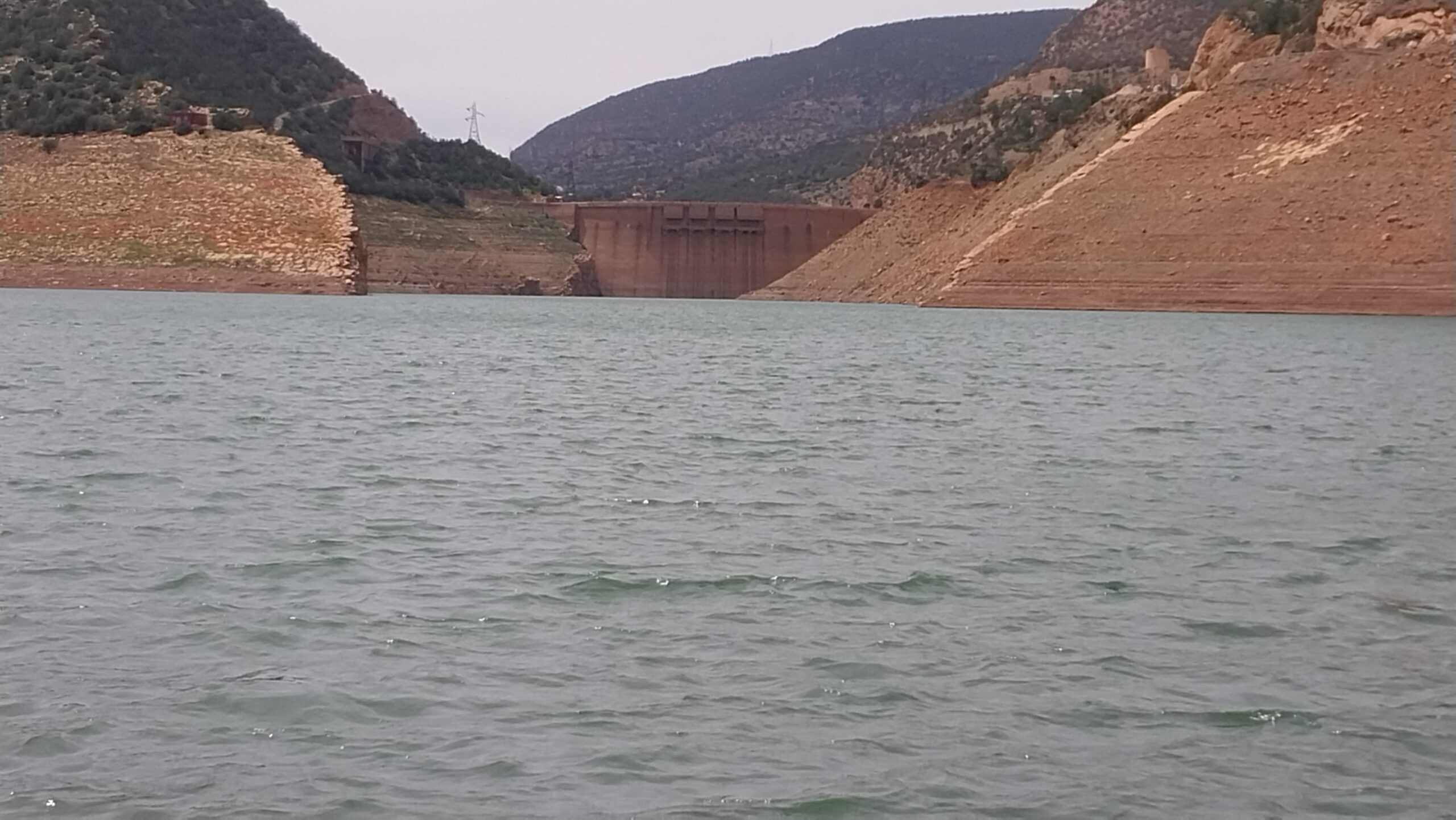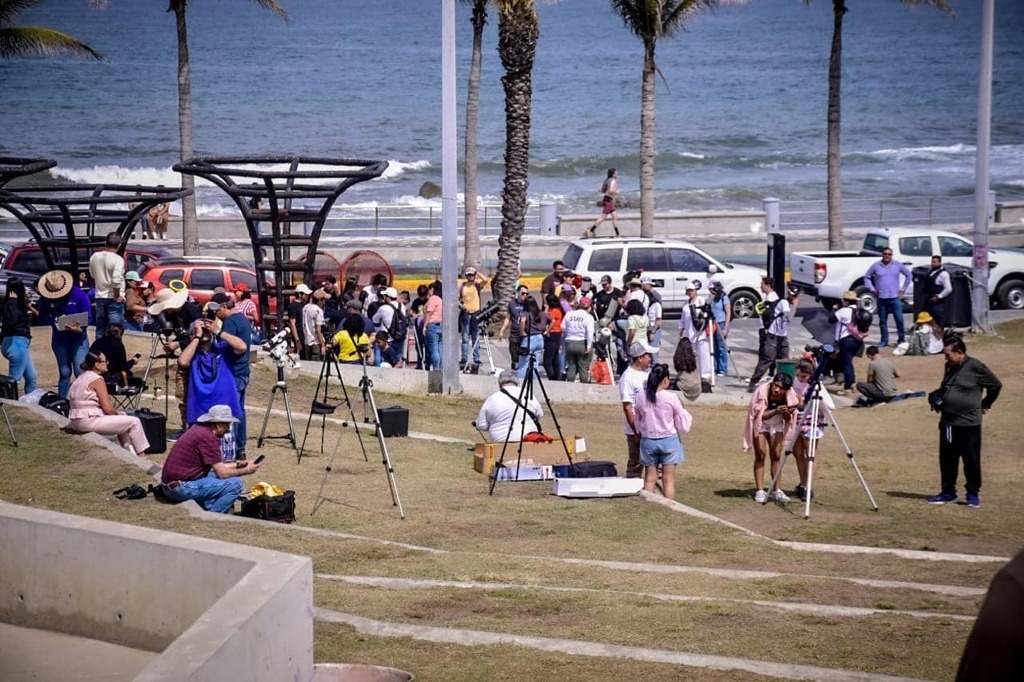For several years now, our country has been experiencing rainfall disturbances, threatening water security, making agricultural activity increasingly difficult, complex and costly. Satellite images taken by NASA of the Al Massira dam, the main supplier of drinking water to the El Haouz region of Marrakech, demonstrate that between 2018 and 2024 a frightening decline in the reserves of the second largest dam in the country, with only 3 % of the remaining water quantity. Which represents a real disaster for Morocco’s water security, especially with the continuing drought and the drop in precipitation. It should be remembered in this sense that the dam located between Casablanca and Marrakech is a strategic reservoir for supplying water to neighboring cities and regions. Today it faces the risk of exhaustion due to drought and water evaporation. Levels have fallen dramatically over the past nine years, threatening to cut off water supplies for millions of people.
The same worrying observation applies to other dams…
Located between two large rivers, namely the Oueds Al Abid and Ahansal, Bine El Ouidane is no exception, with a catastrophic drop in its flow, almost exceeding 70% of its capacity. It should be noted that Bine El Ouidane supplies a large part of the Al Massira dam. This shows how the situation is more than alarming.
In Meknes, on the occasion of the 16th edition of SIAM, the problem of water security has hardly gone unnoticed. Far from there. We talk about it almost everywhere, clearly marking the minds of participants and exhibitors from different backgrounds.
However, if both public and economic stakeholders are unanimous on the water emergency, it is still important to note that much remains to be done to change the situation. Indeed, until now, agriculture consumes the majority of water resources. According to the HCP, the Moroccan agricultural sector accounts for 87% of annual direct water consumption. It is followed by the Public Administration/Education/Health (5%), Construction (2%), Commerce (1%), Electricity & Water (1%) and Hotels & Restaurants (1%) sectors. The remaining 3% is shared between other sectors.
In addition, water consumption in the Agriculture and fishing/aquaculture sectors is high compared to their respective production. Therefore, these are typical examples of strategic sectors of the Moroccan economy with low water use efficiency. Here too, it is important to remember that according to the international standard for average water consumption in agriculture, this should not exceed 50% of the water resources of any country. Otherwise, we are faced with wasteful agriculture, which makes the land thirsty, thus contributing to significant soil degradation.
In the same sense and what often leads to astonishment, is that an arid Morocco seriously faced with drought, continues to export its tomatoes, watermelons, strawberries, avocados and even oranges. Crops containing and requiring good doses of water resources. Moreover, a range of environmentalist associations and scientists continue to warn against the consequences of water-intensive agriculture geared, for the most part, towards export rather than towards self-sufficiency.
This shows the importance, even the urgency, of thoroughly reviewing the Moroccan agricultural business model in the great hope of putting an end to all these crops which dry up the soil and entire regions and most often, for the benefit of large Fellahs. The evolution of SIAM themes and the priorities of the Generation Green plan give hope for real initiatives to achieve sustainability. Do these initiatives still need to be truly operationalized…
H.Z
#Water #stress #change #direction #Moroccan #agriculture
– 2024-04-24 13:23:30


